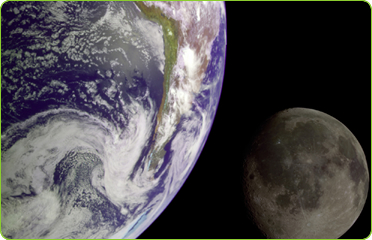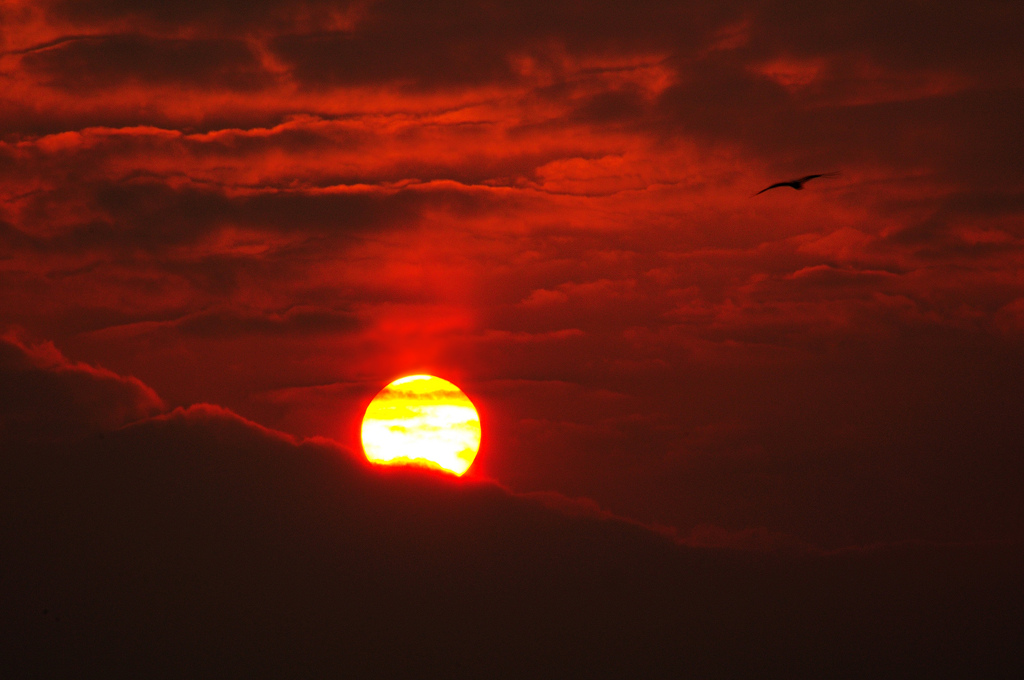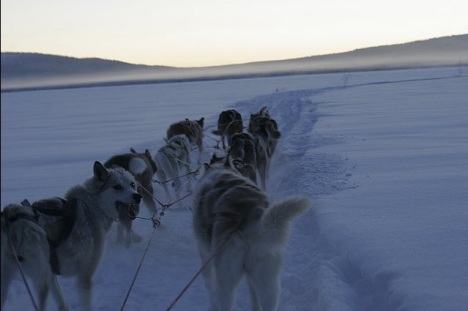In our night sky, there is one celestial body that is easy spot – the moon. Like a large, natural satellite, the moon orbits around our Earth and is brighter than any regular nighttime cosmic object. So what is the difference between our Earth and the moon? Here are some characteristics that distinguish these differences along with some similarities that you can share with your Cadets at home.
The first major difference is our atmosphere here on Earth. It holds in the essential gasses we need to breath and helps to distribute thermal energy so that our planet does not get too hot or too cold. It is an important part of what makes Earth livable. The moon has a very thin atmosphere, which causes wild temperatures. On the moon during the day it can exceed 200°F and can drop to as low as -280°F at night! That’s too hot and too cold for any human, plant or animal from Earth to live comfortably.
Gazing at the moon in the night sky, it is hard to tell how big it really is. It is actually only a little over a quarter the size of our Earth, which is smaller than all of the planets in our solar system, with the exception of the dwarf planet, Pluto. But, compared to its counterpart during the day, why does the moon seem about the same size as the sun? Not only is the moon 400 times smaller, but also it is also 400 times closer to the Earth than the sun is! This explains why they look similar in size in our sky.
Believe it or not, the moon wasn’t always a fixture that orbited the Earth. So how did it get there? Scientists believe that the moon was formed from a huge collision that blasted a chunk off of the Earth. The debris was caught in orbit and eventually formed the moon.
It is true that the moon brightens up our night sky, but that is not the only thing it helps Earth with. Acting along with the sun, the moon’s gravitational forces are responsible for our ocean’s high and low tides.
The Earth and the moon are very different in size, atmosphere, temperature, and even terrain. The Earth is a unique planet that supports life and the moon helps the Earth support that life. So although very different, the moon serves a beneficial purpose as it orbits the Earth.
Filed under: learning resources, Science Facts, Space Facts, The Earth and Moon | Tagged: Earth, Learning, Moon, science, Science facts, space | Leave a comment »












